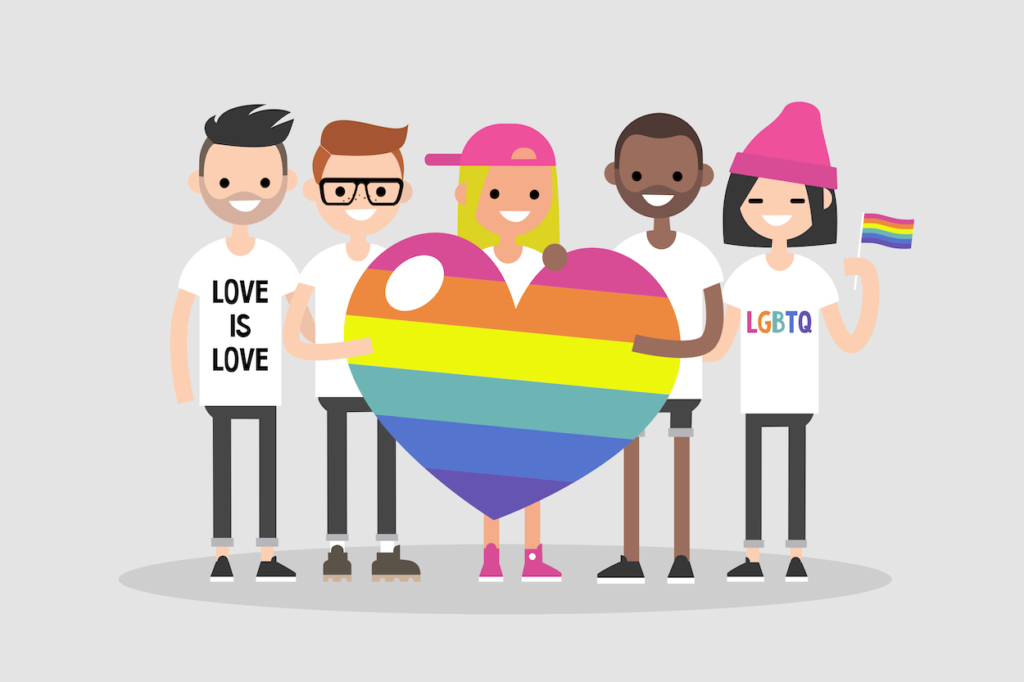June is LGBT Pride Month, a time of celebration, commemoration and continued lobbying and fight for the recognition of the civil rights of the LGBTQIA community worldwide. The month of June was chosen to honor the Stonewall riots in Lower Manhattan that took place in June of 1969. The June Pride month was made official by President Bill Clinton on June 2, 2000. And, finally, President Obama expanded this original 2000 ‘Gay and Lesbian Pride Month’ declaration to include bisexuals and transgenders. The QIA corresponds to an internal definition expansion by the community members themselves, to feature Queers, Intersex and Asexual people.
Coming out of the closet has been termed a “lifelong journey of understanding” which affects all people who want to share with their closest family and friends their sexual orientation and/or gender identity. Immediate and sustained reactions from the group of people the outcomer loves and respects will, to a large extent, determine their emotional and mental health throughout. This is true of all ages, but a particularly poignant issue for teens. Because exploring sexuality is such an integral part of adolescence across the board, this issue might go unseen by parents, teachers and other caretakers due to the specific peculiarities of teens, who are in a tough moment: they are, to a certain extent, leaving their family bonds behind to explore their social agenda and persona; their universe of trust and social acceptance, their social shield, has now shifted to their immediate group of friends, which often is mercurial or fickle. Add to that the confinement and social distancing that has become the new normal in our COVID-19 riddled societies and you may have a time bomb in your hands.
Prejudice and stigma effects on an LGBT adolescent are unpredictable, although the subject of continued and increasing studies by doctors and scientists alike. A recent in-depth look at the disparity between non-GLB and GLB suicides suggests that the rates are 20-40% higher in the latter group. Simply put, LGBT teens are more likely to commit suicide than their straight peers. Medical professionals are stressing that this is not because there is a genetic predisposition to depression or other mental illnesses in the GLB community, but how such complementary yet disparate elements as coming out fear, disapproval, rejection, victimization, and stress (chronic and not) are negotiated.
As common sense dictates and you may have anticipated, a recent study confirmed that GLB youth which are met with immediate acceptance from BOTH parents are more likely to suffer lower impact from depression, anxiety, phobic anxiety and other mental health problems that teens who encountered partial or dual rejection.
Both parents and mental health professionals working with LGBT patients need to be keenly aware of this circumstance. As always, resorting to medical professionals, practitioners or reputed associations is our best and foremost recommendation. Try starting with these organizations:
- GLEN
- NYAC
- Rainbow Youth Hotline
- Trevor Suicide Prevention Line
- YouthResource
- Youth Talkline
Sources:
https://www.nami.org/Personal-Stories/Coming-Out-of-the-Closet-Again


